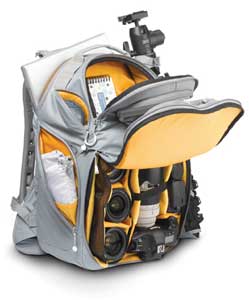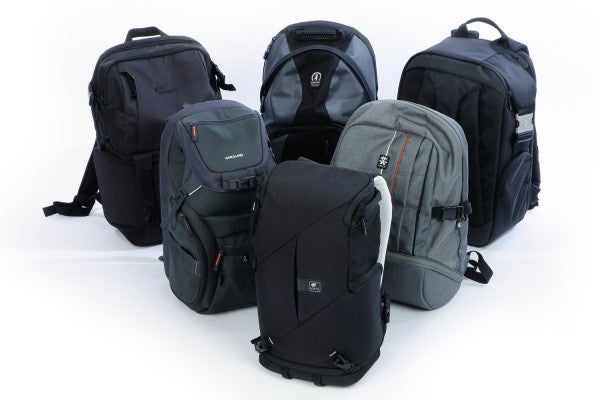Once you're invested in your photography gear, you're going to want to know that you're transporting it around securely and in style. To help you pick the right tool for the task, take a look at our guide for choosing a camera bag
Choosing a camera bag that perfectly suits your needs is a difficult task. If you have a modest kit, do you buy one to fit the gear you have or allow for expansion? If you have a larger system, do you get one big bag to house all of your gear, or do you only take selected items out at a time?
The truth is, there is no perfect bag and most photographers end up with several, which they’ll use for different occasions.
Before choosing a bag, think about the type of photography you do. If, for example, you’re a landscape photographer then a backpack may be the best choice for you. If travel photography is your passion you’ll want to take your gear as hand luggage, and may also want it to hold your passports and tickets, newspaper or small laptop. You might want to also pack a smaller shoulder bag for use once you get to your destination.
There are over a dozen major bag and case brands in the UK, each with their own design ethos. None are right, or wrong – in the end, once you’ve chosen the right type and size of bag for your needs, the rest comes down to personal taste. See our round up of the seven different types of camera bag.
Here’s our guide to help you choose the best one for your needs.

Factors to consider
Materials
Top Camera bags are made from a variety of materials. Natural fibres (eg. canvas, cotton, leather) are favoured by the likes of Domke, Billingham, and National Geographic, while man-made hi-tech materials like ballistic nylon are preferred by brands such as Kata, LowePro, Tamrac and Crumpler. The latter generally offer higher performance – lighter, better water-resistance etc – but consider that traditional bags have survived use by Amazonian explorers and Vietnam war correspondents, so they should be able to cope with the odd downpour on the Peaks.
Protection
The more padding a bag has, the more protection it offers, but the heavier and more rigid it becomes. Brands such as Kata are at the forefront of developing innovative workarounds such as aluminium ‘spines’. A bag’s water-resistance is very important. Look out for exposed zips that can let in water, or flaps that don’t offer a good seal. Some bags come with a waterproof cover, like a big shower cap, which you can pull over the bag if it rains.
Capacity
How big a bag do you need? You may have lots of gear, but do you want to carry all of it with you? The type of photography you do will influence the bag you’ll need. Into sports or wildlife? You’ll need one that can hold a big telephoto lens. Travellers, on the other hand, will want something smaller.
Comfort
An uncomfortable bag will kill your desire to go out and take pictures. A bag that sits too low, a strap that digs into you, a harness that cuts into your back – in some cases this is due to bad design, but it’s also because we’re all different shapes. Try your bag out before buying – ideally with weight in it.





